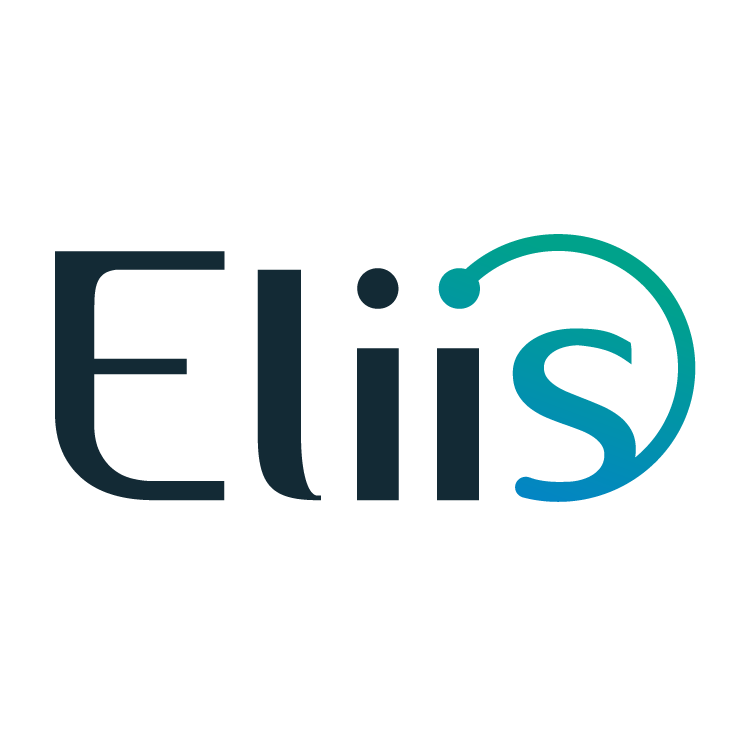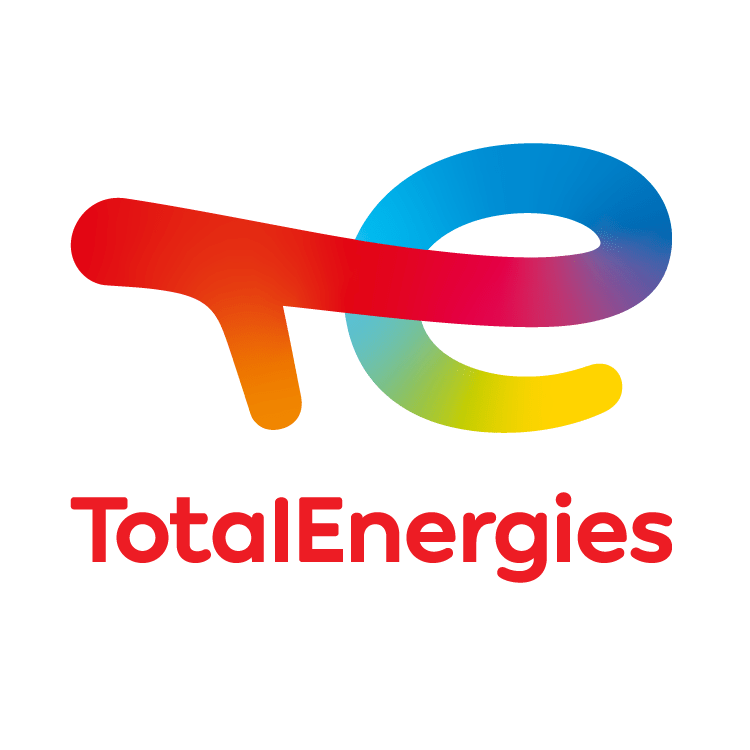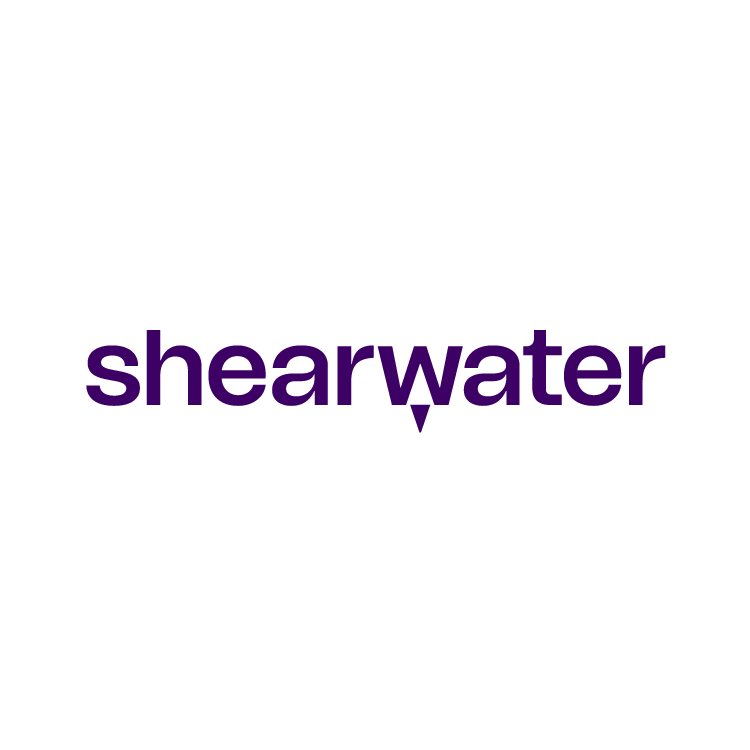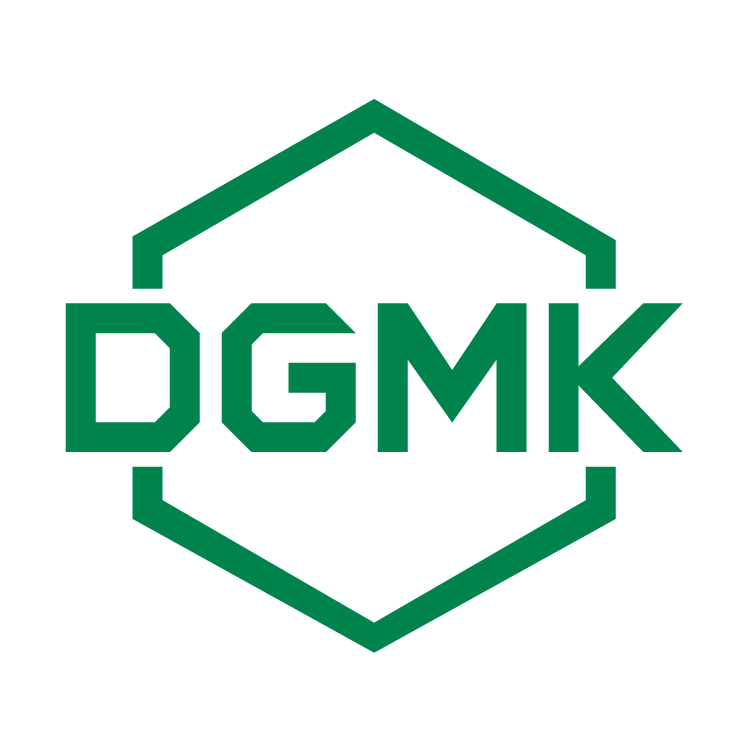Short Course 1
Exploration of Subsurface Natural Geologic Hydrogen and Stimulation for its Enhanced Production

Date
8 November 2024
Time
to be confirmed
Room
to be confirmed
Register and start learning now
Course outline
- Introduction to H2 types and sources
- Occurrences, origins of natural H2 and typical geologic systems
- Global exploration activity on example of their geologic setting
- Challenges of H2 exploration, drilling, transport and storage
- Orange H2 – concepts, challenges and efforts
- H2 systems modeling in white and orange scenarios
- Natural Helium
- Summary points and take home message
Participant Profile
The course is designed for anyone interested in new decarbonized energy resource study and development, students, post docs, geologists, geochemists, industry researchers, start ups, investors, government officials.
Prerequisites
Basic understanding of geology or subsurface geochemistry. None really, as the course will start from a high level introduction.

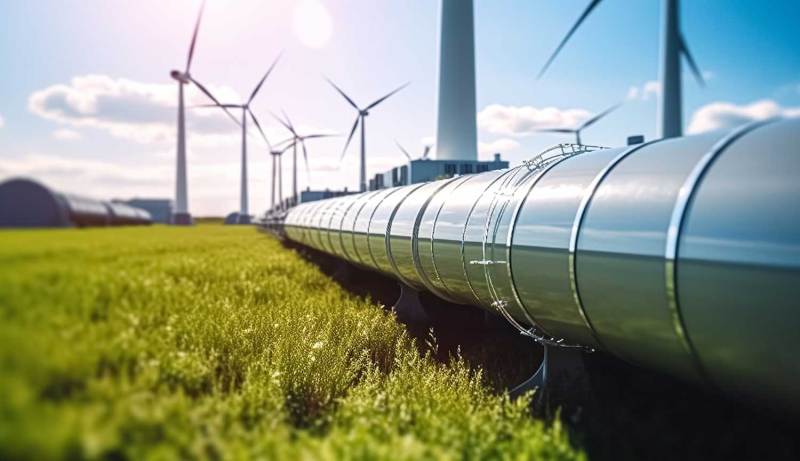
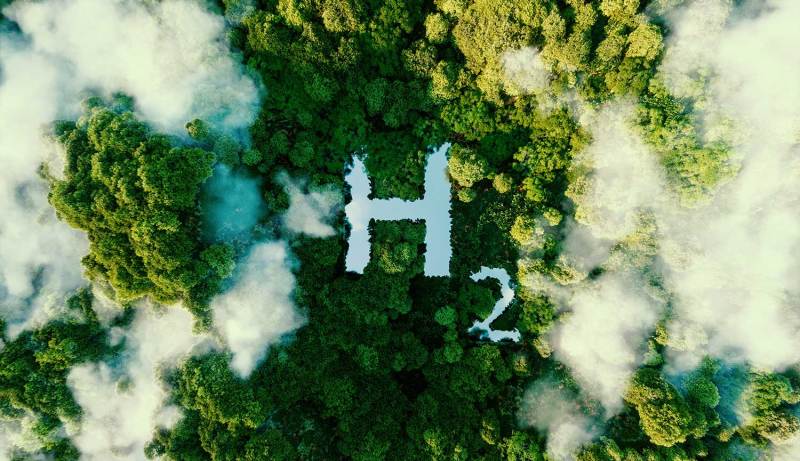
Short Course
Exploration of Subsurface Natural Geologic Hydrogen and Stimulation for its Enhanced Production
Dariusz Strąpoć
SLB
Course Description
The course will discuss and compare carbon footprint versus price of the full palette of different sources of hydrogen. Material includes comparison of energy output per mass and per volume among all major fuels with H2. All industrial and natural sources and generating mechanisms and corresponding association with other gases (He, CO2, N2, CH4) as well as consumption fluxes will be described. Global occurrences and seepages of natural H2 will be presented along with worldwide ongoing and planned exploration activity. Geologic setting of the only H2 production field in Mali will be discussed.
Date
November 2024
Time
To be confirmed
Location
Name of location
Important information
- Consectetur adipiscing elit. Donec a accumsan odio.
- Donec odio nulla, maximus eget lacinia a, condimentum non orci.
- Fusce dignissim egestas neque.
Course Outline
I. Introduction to H2 types and sources
II. Occurrences, origins of natural H2 and typical geologic systems
III. Global exploration activity on example of their geologic setting
IV. Challenges of H2 exploration, drilling, transport and storage
V. Orange H2 – concepts, challenges and efforts
VI. H2 systems modeling in white and orange scenarios
VII. Natural Helium
VIII. Summary points and take home message
Participant Profile
The course is designed for anyone interested in new decarbonized energy resource study and development, students, post docs, geologists, geochemists, industry researchers, start ups, investors, government officials.
Prerequisites
Basic understanding of geology or subsurface geochemistry. None really, as the course will start from a high level introduction.


